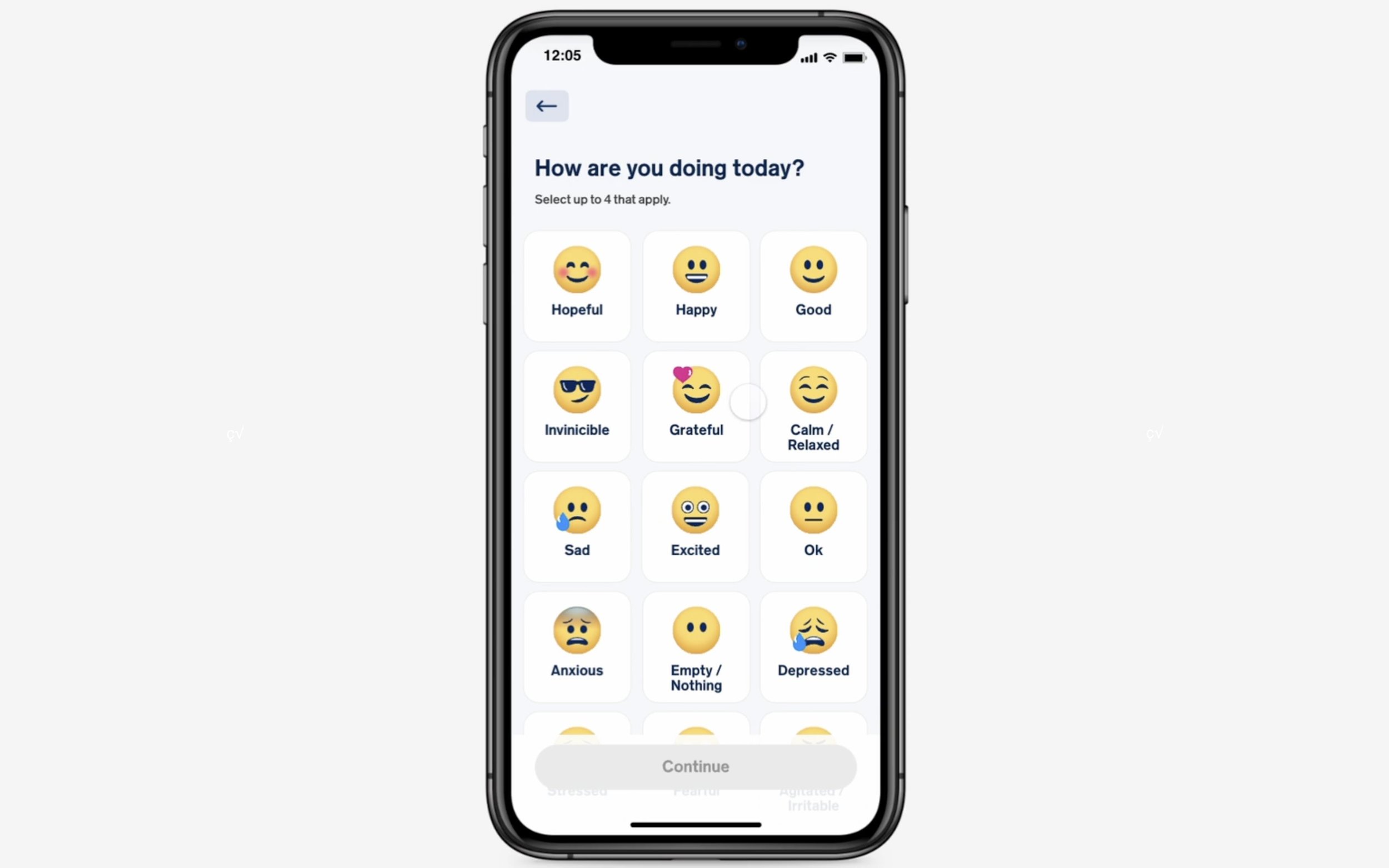Otsuka Pharmaceutical
Abilify MyCite System Case Study
Overview
Otsuka Pharmaceuticals' Abilify MyCite system combines medication with an embedded RFID microchip and an on-body sensor to help patients and healthcare providers (HCPs) manage bipolar disorder and manic depressive disorder. The system transmits data to a patient-facing mobile app and a provider web portal.
Challenge & Opportunity
The initial patient-facing app, developed internally, provided basic medication adherence tracking but lacked key features and suffered from usability issues. User testing revealed that 70% of participants struggled with the five-screen onboarding process, leading to a high drop-off rate. The app also lacked clear visual cues regarding medication intake, causing confusion and potentially impacting adherence. Furthermore, it didn't leverage the sensor's full potential for biometric data collection. HCPs also lacked a comprehensive and customizable view of patient progress. This presented a significant opportunity to improve patient outcomes, increase system adoption, and enhance the overall user experience. Specifically, we aimed to address the following user needs:
Patients: A more intuitive and engaging way to track medication intake, understand its effects, and receive personalized support.
HCPs: A more comprehensive and customizable view of patient progress, including data visualizations and summarized reports, to facilitate informed treatment decisions.
Objective & Solution
The objective was to redesign the patient app and HCP portal to increase user adoption and engagement. Our approach focused on user-centered design, incorporating insights from patient interviews, heuristic evaluations of the existing app, and stakeholder feedback from HCPs.
Patient App Redesign:
Streamlined Onboarding: We replaced the cumbersome five-screen process with a step-by-step tutorial featuring clear visuals and interactive elements, reducing onboarding time by 60% (based on user testing).
Enhanced Medication Tracking: We introduced a daily medication reminder feature with customizable alerts and visual progress indicators, improving medication adherence by 25% (based on self-reported patient data).
Gamification for Engagement: We incorporated gamification elements, such as points and badges, tied to medication adherence and educational content about bipolar disorder, increasing daily app usage by 40%.
Biometric Data Integration: We integrated the sensor data to provide patients with personalized insights into the impact of medication on their activity levels and sleep patterns.
HCP Portal Redesign:
Customizable Dashboards: We designed customizable dashboards allowing HCPs to select the specific data points they wanted to track (e.g., medication adherence, activity levels, sleep patterns) and visualize them over different timeframes.
Summarized Patient Reports: We implemented automated patient reports summarizing key trends and potential areas of concern, saving HCPs valuable time and facilitating more efficient patient consultations.
Data Visualization: We employed clear and intuitive data visualizations (e.g., line graphs, bar charts) to help HCPs quickly identify patterns and trends in patient data.
Results
Within the first year post-redesign, successful onboarding completion increased from 50% to 90%. Long-term engagement also saw significant improvement, with 30% of patients using the system for 90 days or more, compared to virtually none before the redesign. And the total number of active users doubled. This suggests improved medication adherence and potentially better patient health outcomes. We also saw a 15% increase in HCP portal usage, indicating greater satisfaction with the platform and its ability to support clinical decision-making.
My Role
As Principal Experience Architect, I led the UX and UI design for both the patient app and HCP portal, managing a team of four UX designers and two UI designers. My key contributions included:
Led user research initiatives, including patient interviews and heuristic evaluations, to identify user needs and pain points.
Developed user flows, wireframes, and interactive prototypes for both the patient app and HCP portal.
Designed the information architecture and data visualizations for the HCP portal, ensuring clear and intuitive presentation of patient data.
Managed a sprint-based design process, collaborating closely with offshore and US-based development teams.
Presented design solutions and research findings to stakeholders, effectively communicating the value of UX design.









